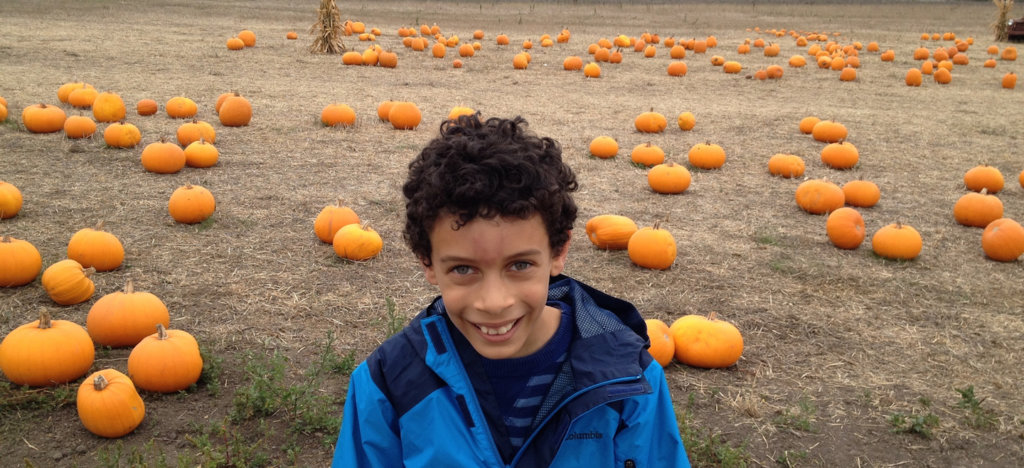The writer is White. Her husband is Black. And there are many people who feel entitled to accost the couple with unsolicited opinions about their biracial son.
This article was made possible because of the generous support of DAME members. We urgently need your help to keep publishing. Will you contribute just $5 a month to support our journalism?
“Mommy, I’m almond, you’re white chocolate, and Daddy’s dark chocolate.” Talking about sunblock with my 6-year-old son, Carter, had turned into a discussion about skin color, and I guessed correctly that his kindergarten class was talking about it, too.
I’m White, and by husband is African American. Before Carter was even conceived, I started reading books about raising biracial children I fully expected a child of ours would look more like Jeff. I braced myself for people mistaking me for an adoptive mom or a nanny.
Then I had a nearly ten-pound baby boy with pale skin, a head full of silky black curls, and my dark-blue eyes down to the same golden streak in the left one. It had never occurred to me that the opposite would happen: People would mistake Jeff’s White friend as Carter’s dad.
Carter’s striking eyes and soft curls get lots of random attention. Without asking, strangers often touch his hair. (As a toddler, one day, he got so tired of saying “Thank-you” to people who complimented his curls, he simply said, “I know.”)
Carter looks enough unlike me to prompt the question, “What’s his dad?” And people mean his ethnicity, not his profession (NASA engineer). So it wasn’t a surprise when the first time I took Carter to the gym’s day care, a woman looked at Carter in my arms, complimented his eyes, and asked it. When I said Black, she reached over, stroked his curls, and said, “But his hair isn’t nappy!”
My problem when I hear this kind of comment is that I’m struck speechless. I can’t come up with a snappy reply when I’m still wondering: “Did she really just say that?”
Around the same time, my next-door neighbor organized a baby massage class. When the teacher arrived first for the session at my house, we talked about Carter and as if on cue, she asked, “What’s his dad?” When I said Black, she gasped and said, “No! He is not!” I offered to show her a picture.
Jump ahead to a get-to-know-each-other play date for the new kindergarteners and parents gathered at the school playground. Two women, who didn’t know that Jeff is my husband, noticed him running around with the kids and wondered, “Is he a football player?” (Yes, he’s in amazing shape, but would pro athlete be their first guess in Silicon Valley, the land of software engineers, if Jeff were White?)
We live in Palo Alto, California, an affluent university town, with an African-American population around 1.8 percent. Carter attends a public school considered among the best in the state. He’s now in fourth grade, and for the first time ever, has an African-American child in his classroom.
When the students make self-portraits at the beginning of each year, paper is available in various shades of brown, and Carter chooses tan. Carter can see physical differences, but the concept of race is still fairly abstract. I talk to him about how people have different skin colors—just like boys and girls are different—and remind him that different does not mean better or worse. I also tell him that in the past, and sometimes still today, there are people who don’t understand this.
Over the past few years, Carter’s eyes have become more hazel, like Daddy’s (we still share the gold streak), and when he tans (yes, I know, he needs more sunblock), he looks less like me. When the three of us are together, though, there’s no mistaking that we—dark skin, light skin, and somewhere in between—are a family. My hope is that people will stop being surprised by that.
